Leading Australian landscape artist, Dave Groom, has been commissioned to paint four new creative pieces to feature in the dining room of the new lodge currently under construction at Binna Burra.
Steve Noakes, Chair of the Board of Directors at Binna Burra Lodge said: ‘Following the devastation resulting from the 2019 ‘Black Summer’ bushfires, in March 2026 the opening of the new lodge and accommodation at Mt Roberts signals the ‘second start’ for Binna Burra Lodge. As part of the historical significance of the opening and in recognition of the legacy of artistic interpretations since the 1930’s at Binna Burra, Dave Groom has been commissioned to produce dedicated new signature landscape art pieces of Woonoongoora (Lamington National Park) for display in the new lodge.’
A local resident at Beechmont in the scenic rim hinterland of the Gold Coast, Dave Groom has a lifelong connection to Binna Burra. His grandfather, Arthur Groom was a co-founder of Binna Burra Lodge in the early 1930’s, and his father, Tony, had extensive experience at Binna Burra as the Manager, a Director and a previous Chair of the Board.
Dave won the 2025 Lethbridge Landscape Prize which invited all artistic interpretations of the Australian landscape – from the conventional to the unusual, and from the monumental to the intricate. The award is a testament to Dave’s deep connection to place and his ability to render the natural world not only as it appears, but as it feels.

Dave said: ‘These paintings will feature elements of the landscape of some of Lamington National Park’s most iconic areas. They will focus on areas on the Binna Burra side of the national park. The aim is to create artworks of timeless beauty that pay homage to these places, allowing those who have walked these tracks to reconnect to the landscape through contemporary paintings and for those who haven’t explored these areas, to become inspired to do so.’
Steve Noakes added: ‘Importantly, the paintings will be long-lasting and significant works of art that will enhance the contemporary feel of the new lodge, with views of the surrounding landscape, painted by a professional award winning artist, who also has strong family connections and history with Binna Burra.’
The project supports the Mission of Binna Burra Lodge – To be a meaningful connection between nature and heritage. It also contributes to the Arts. Nature. Science. initiatives that have been occurring at Binna Burra since the post bushfire reopening in September 2020.
About the commissioned paintings:
- The largest work will be 173cm high x 123cm wide, featuring elements of the Coomera Crevice and will be hung on the eastern feature wall in the dining room.
- The other three paintings will be 93cm x 93cm each and will be hung next to each other as a triptych on the southern wall in the dining room, featuring Shipstern, the Caves Circuit and Daves Creek.
- Being quite large paintings, they will all be hung so that they are easily viewed from anywhere in the dining room, but are also well out of the way of major traffic areas, so that there are no access issues for patrons and dining room staff.
- There will be simple yet effective downlights installed in the ceiling to highlight the paintings at night and by day the natural light flowing through the abundant windows will accentuate the colours and details of the paintings.
- Being oil paintings, that will also have a protective varnish layer, they will outlive us all and be enjoyed for generations to come.
- The paintings will be framed in elegant box frames of long-lasting natural stained timber, that will be customised to go with the surrounding timber work and fittings of the dining room.
- They will be completed and hung in time for the opening of the new lodge, with Dave set to start on the work in mid 2025.
- Each work will have a descriptive panel that describes the area in the painting with the artists name and any sponsors who have contributed to the purchase
Sponsorship opportunity:
Sponsorship (in perpetuity and including all four paintings) of up to $15,000 is available from one or more individual or organisations who share the common interest of landscape art and the historical and heritage values represented since 1933 by Binna Burra Lodge and the Binna Burra Cultural Landscape. If you know someone who may be interested, please contact Steve Noakes on email: [email protected]
About the artist, Dave Groom[1]:
‘My contemporary landscapes are concerned with the mountains and valleys that surround me at Beechmont, in the Gold Coast hinterland. My family has lived in the area for four generations and I now live and work in a studio, which I built on the edge of Lamington National Park.’ Dave Groom
(Source: Art Images)[2] The philosophy of his work is simple, spending time observing the changing moods of the landscape and portraying this through his drawings and paintings. Rather than working en plein air, Dave works from memory, often creating a series of study drawings in charcoal that deal with a particular theme or atmosphere and then using these drawings for reference to create larger oil paintings.
Because his work is imagined landscapes, there can be a surreal element to it. He likes the idea of combining different view points and working more with the textures, patterns and atmosphere rather than a literal interpretation of the environment.
You can visit Dave at his studio near Binna Burra Lodge. It is located at 671 Binna Burra Rd, Beechmont, Queensland. Studio opening hours vary so please call 0434 036 975 to check studio opening times prior to visiting.
About the Binna Burra Cultural Landscape.
The Queensland Heritage Register notes:
- ‘Artists have depicted this region including important Queensland artist Vida Lahey (From Binna Burra, 1934), international artist Lois Beumer in her watercolour Rainforest Tangle 1986, and nationally acclaimed William Robinson in his landscape paintings.
- The adjacent McPherson Range inspired well-known photographers including Arthur Groom, Doug Spowart and Charles Ernest Stanley Fryer, while Romeo Lahey took plate glass photographs at the outset of World War I to campaign for the area’s reservation as a national park. Books written about Binna Burra, include Arthur Groom’s 1949 work One Mountain After Anotherand Raymond Curtis’ 2003 book, Rainforest Journal. Curtis’ orchestral work ‘Journey Among Mountains’ (1989) also celebrates the area.
- Creative Arts and Photographics Schools (annually to 1984 at least); and Green Fingers Weeks (from 1970). The schools attracted and inspired well-known tutors and participants such as poet Heather Farmer; clarinettist Don Burrows AO MBE; photographer Steve Parish; Mervyn Moriarty, founder of the Flying Art School in outback Queensland; and photographer Nev Male.’

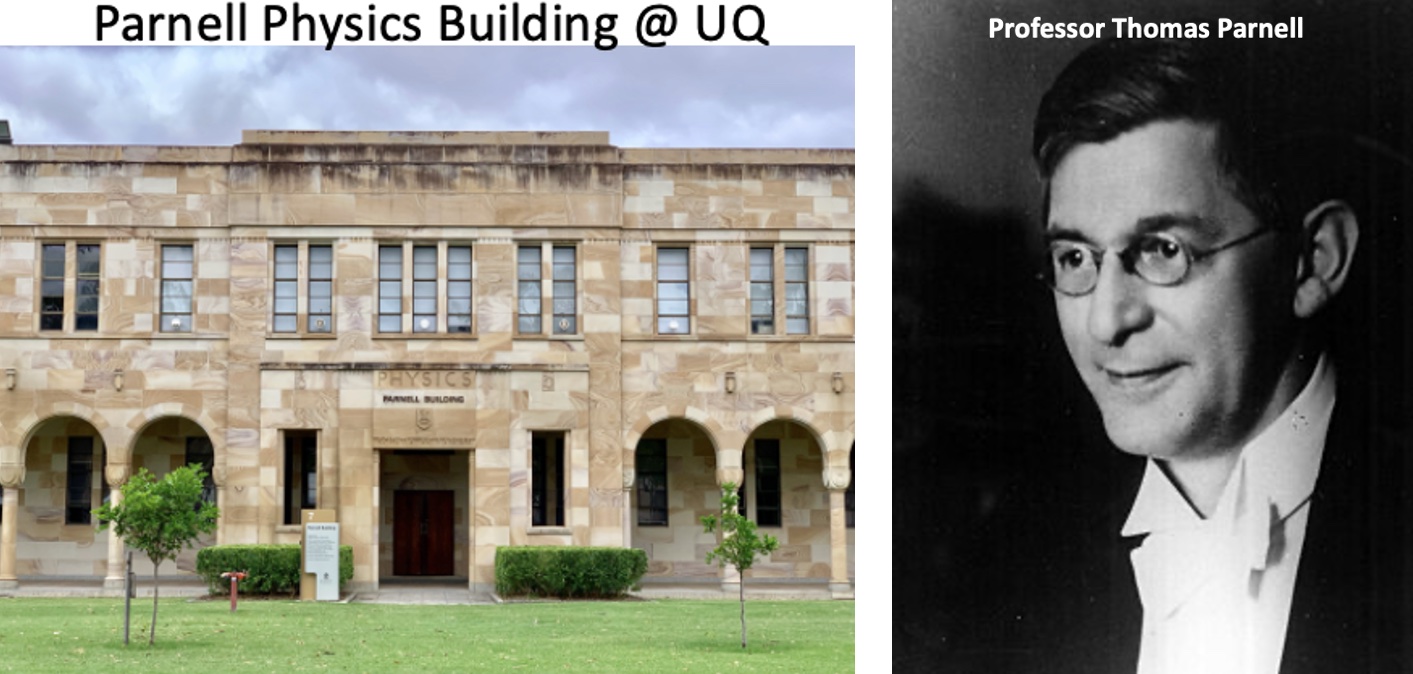



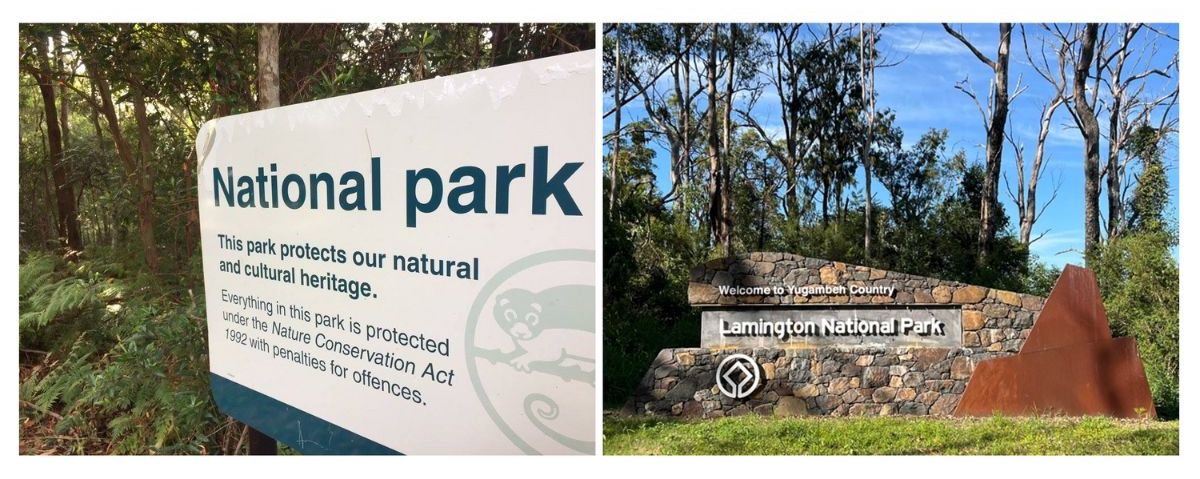
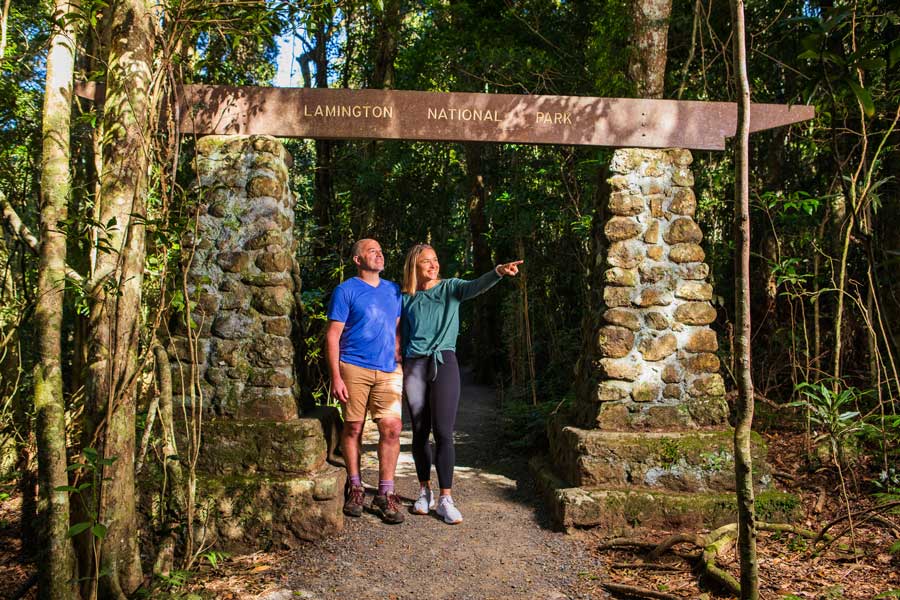
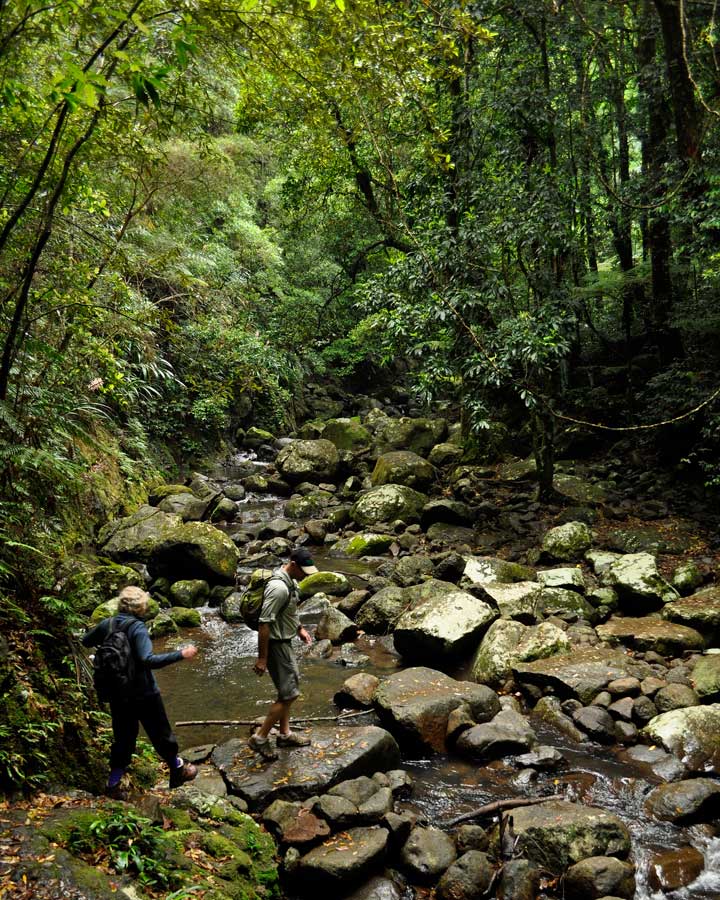
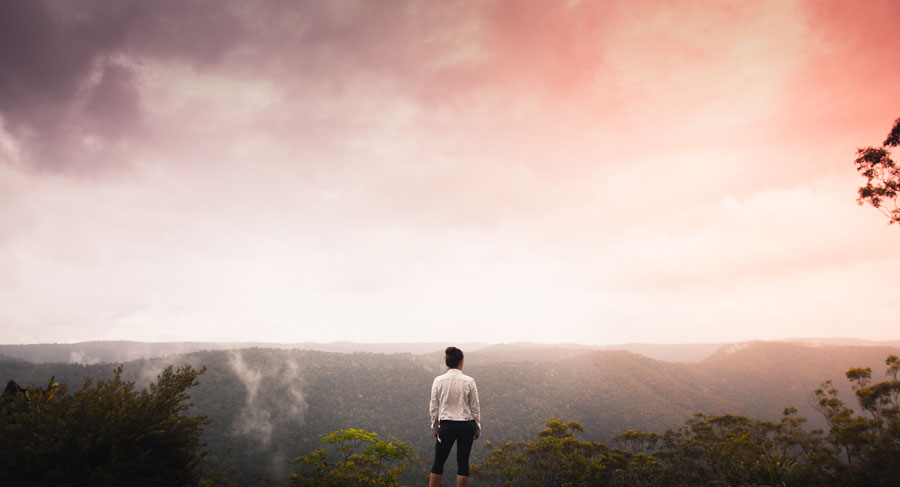
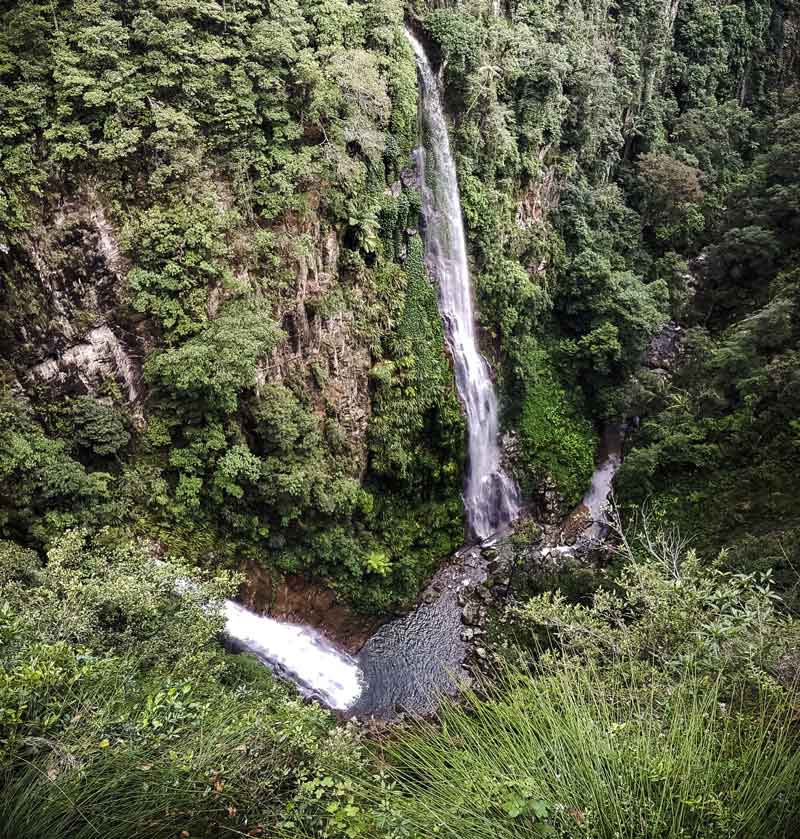
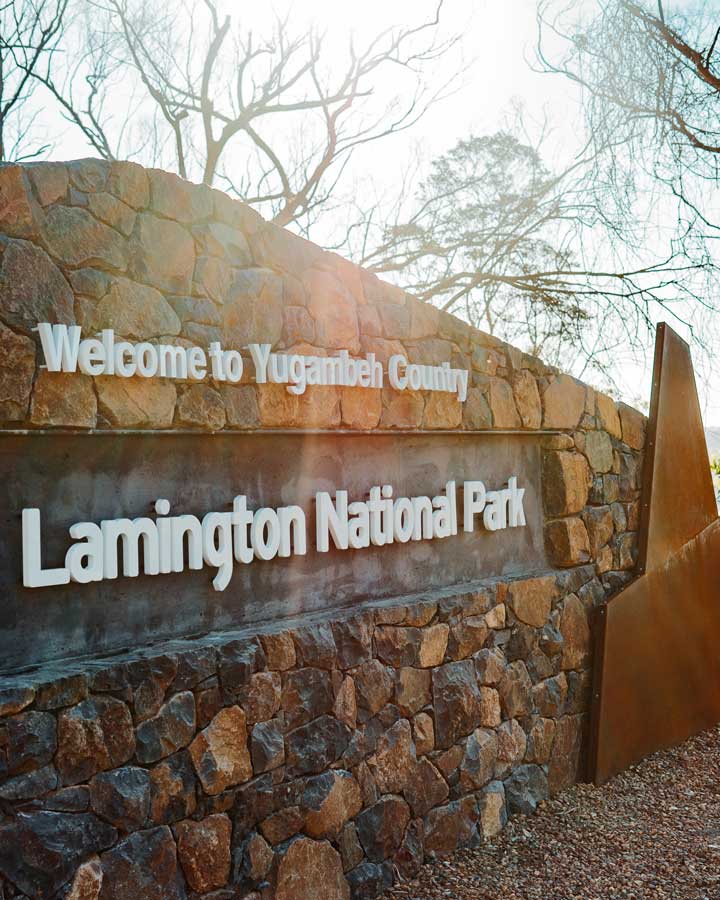
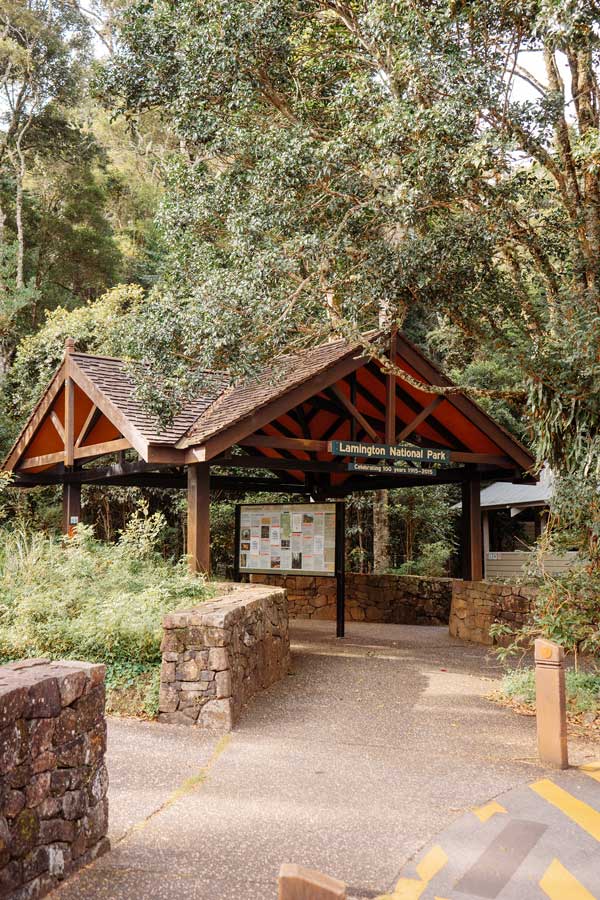
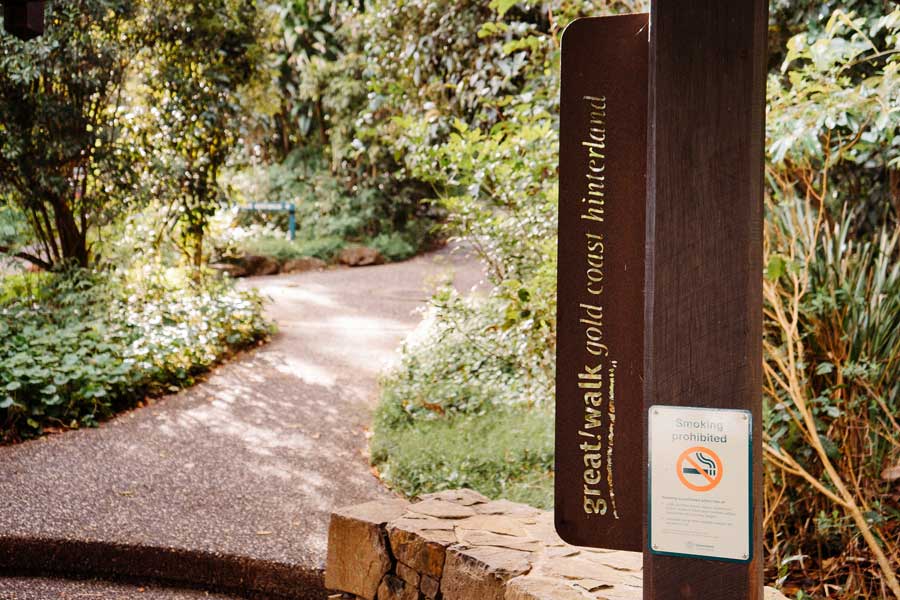
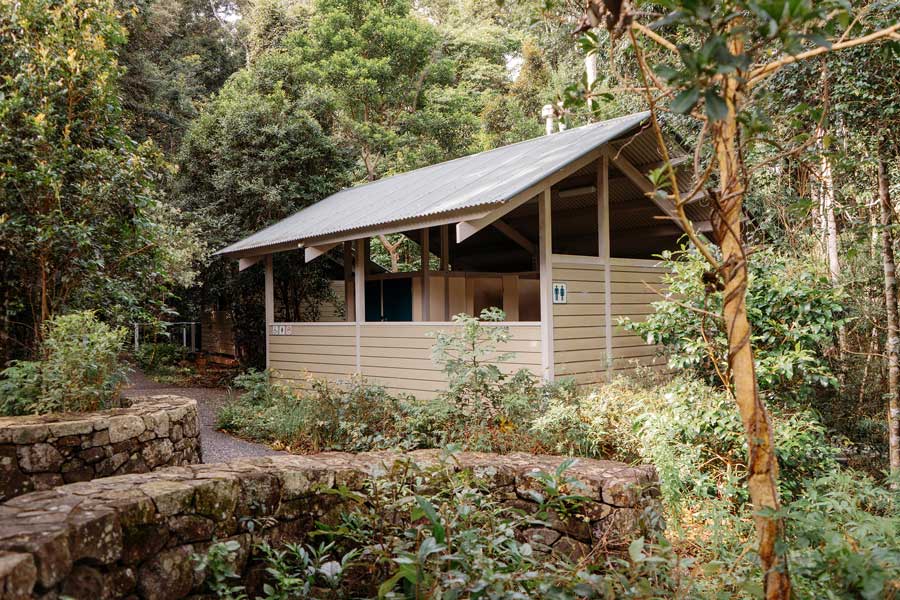
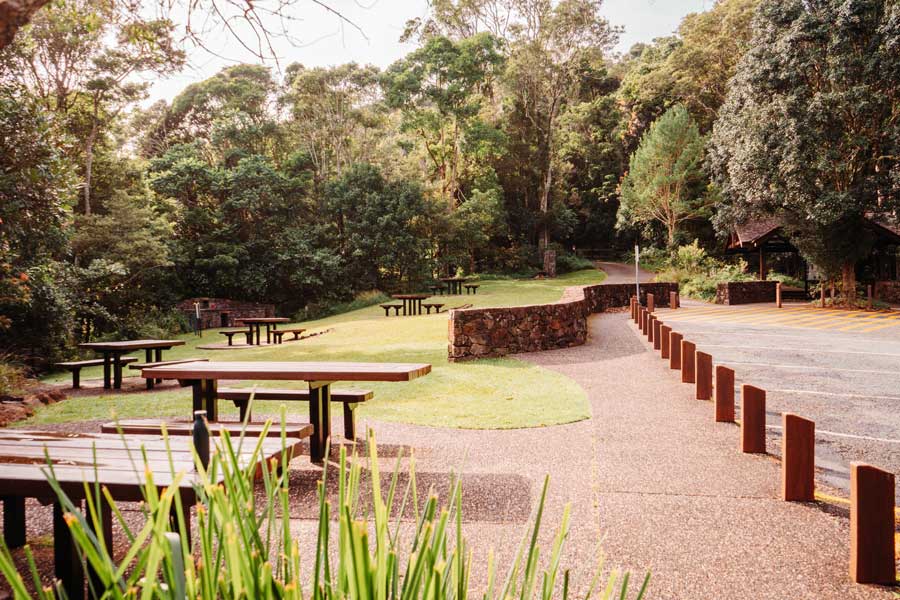
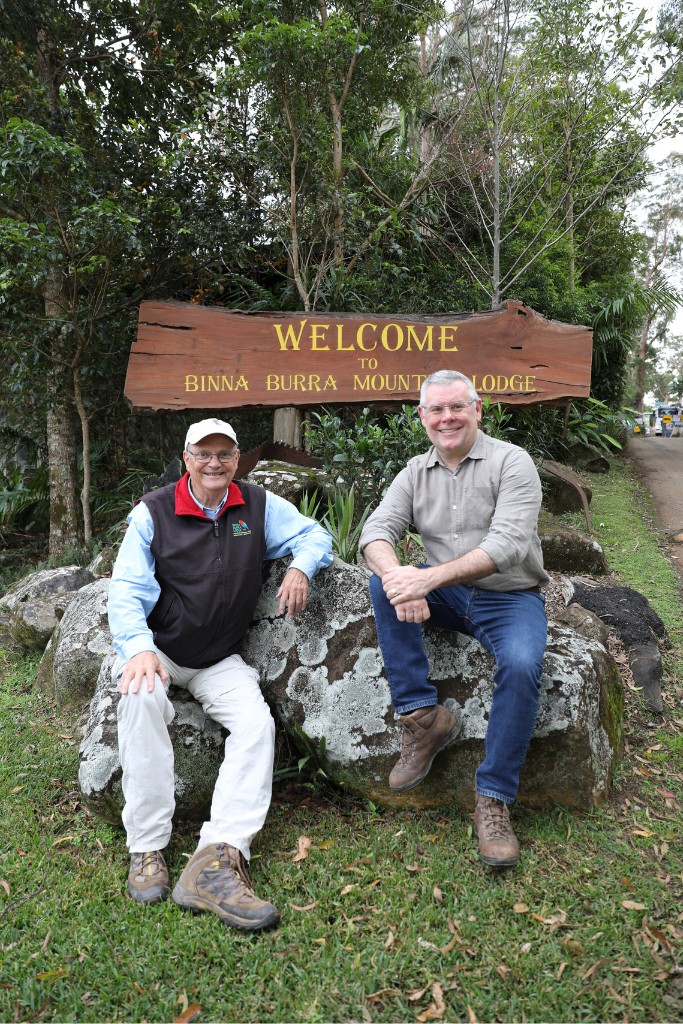 The following week after his new appointment, Senator Watt returned to Binna Burra in his new role. He was educated at
The following week after his new appointment, Senator Watt returned to Binna Burra in his new role. He was educated at